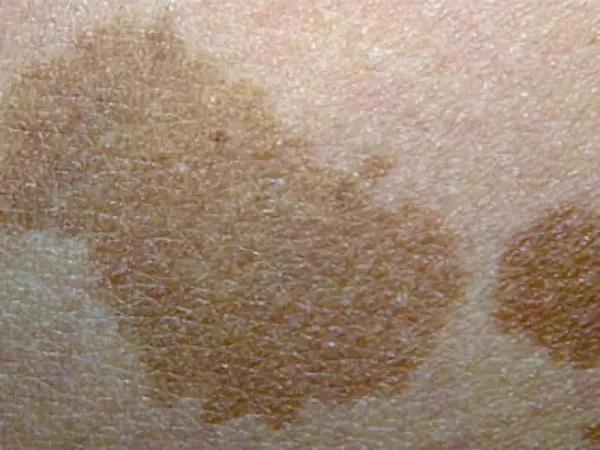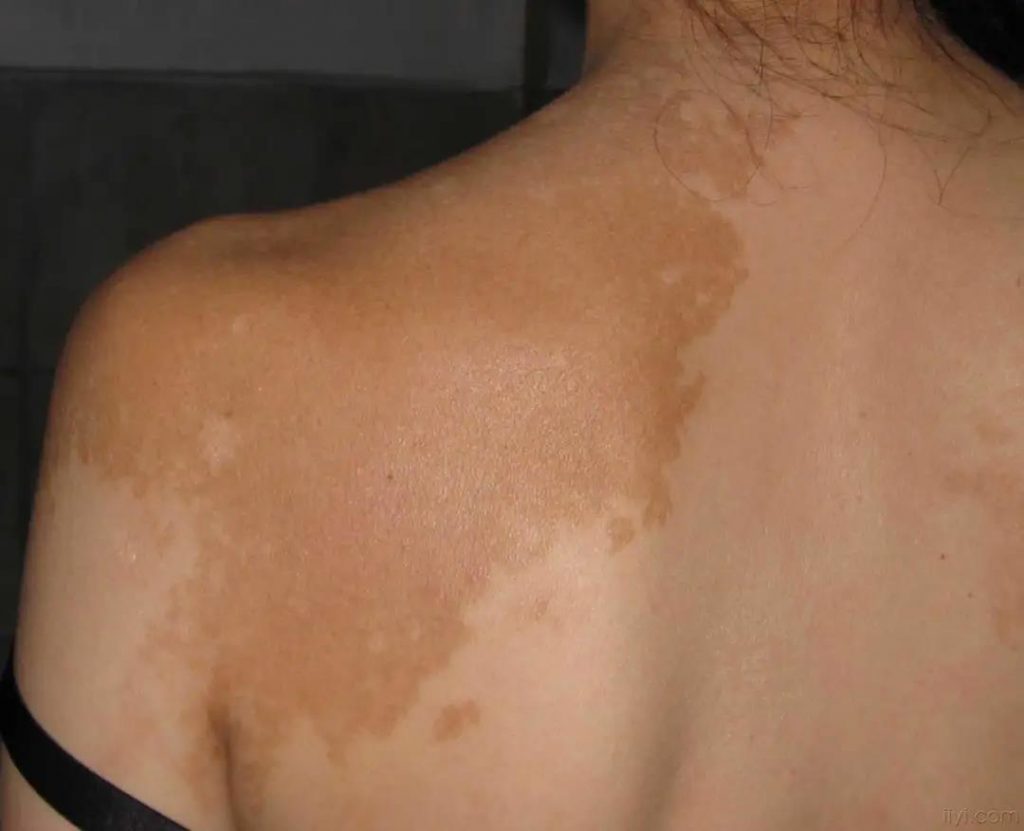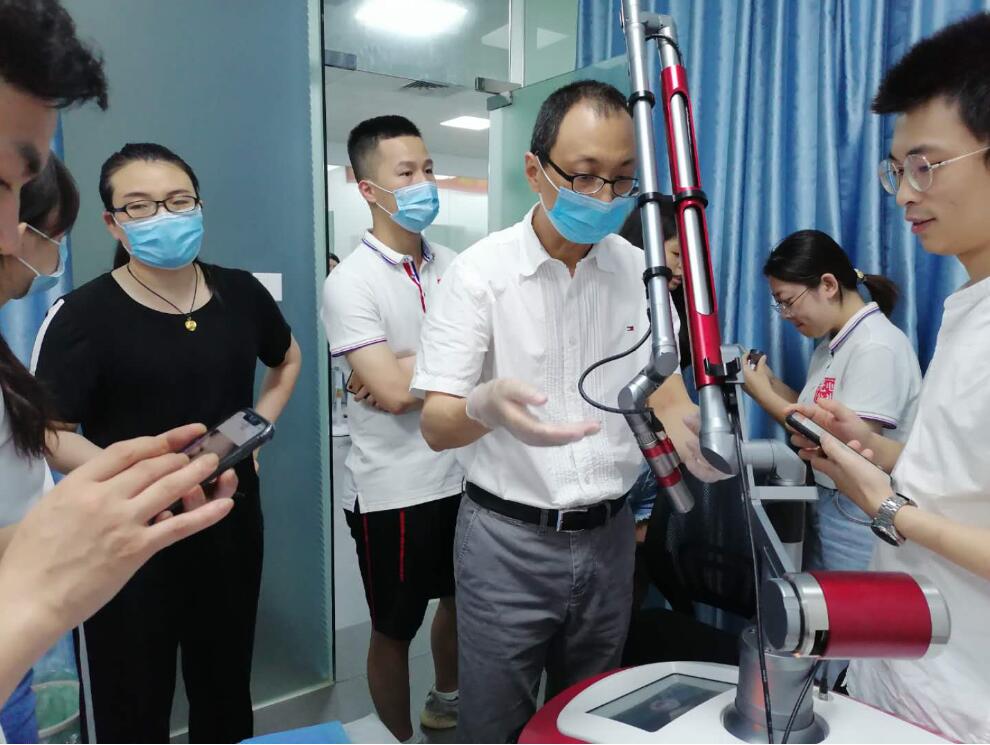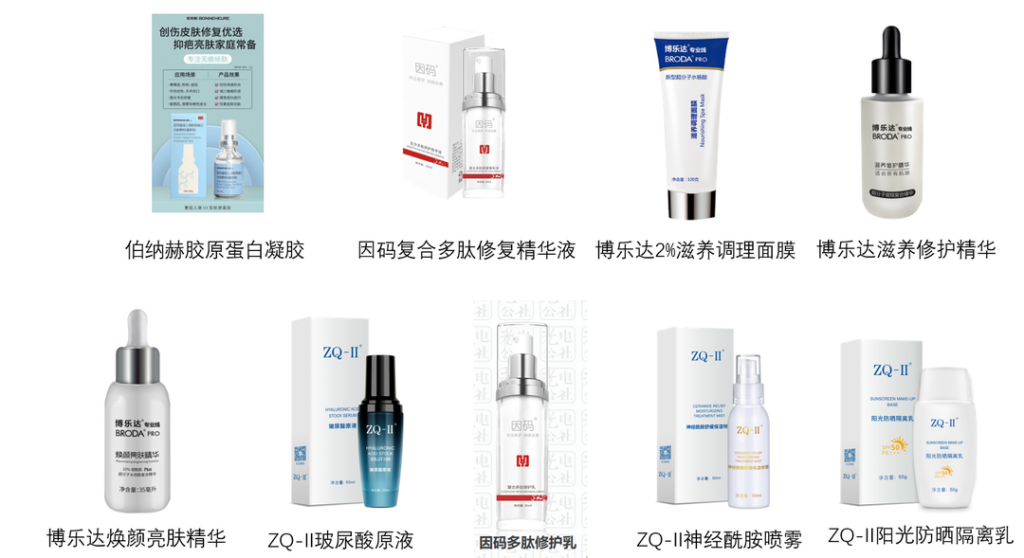Coffee spots, also known as coffee milk spots, are mostly brown spots that can be found at birth. However, we can treat coffee spots with laser machine.
Characteristics of coffee spots
The color of the spots varies from light brown to dark brown, but the color of each spot is the same and relatively uniform, and the size is from a few millimeters to several tens of millimeters. The centimeters vary, the boundaries are clear, and the surface skin texture is completely normal. Its pathological manifestations are very similar to freckles, mainly manifested as an abnormal increase in the number of melanin particles in the epidermis.

Causes of coffee spots
The appearance of coffee spots is mostly a hereditary skin disease. It has nothing to do with sun exposure. It can occur alone, or it can be a sign of multiple system diseases, such as neurofibromatosis, Albright syndrome, Waston syndrome, Russell-Silver dwarfism, Multiple sunspot syndrome and ataxia telangiectasia.It occurs mostly in children, and most of them exist at birth. According to the age of onset, a patch with a clear boundary and a relatively uniform color can be diagnosed. Sometimes it is necessary to distinguish between freckles and simple freckle-like nevus. Freckles are mainly found on the face, with small spots and no large flaky damage. Simple freckle nevus is mostly unilateral and can occur at any age.
Attention
When there are more than 6 coffee spots (diameter> 0.5 cm before puberty> 1.5 cm after puberty); or when their borders, shapes, and large irregular coffee spots appear, neurofibromas or other systems need to be suspected The possibility of sexual diseases.

Treatment of coffee spots
1. Effectiveness of treatment:
From the perspective of treatment, coffee spots are divided into recurring and non-recurring. Non-recurrent coffee spots respond well to laser treatment and are easy to completely remove. Recurrent coffee spots generally require multiple treatments. Before treatment, the client should be reminded of recurrence and the possibility of post-treatment pigmentation and loss.
2. Treatment cycle:
treatment once every 2 months, treatment times 1-3 times, the second treatment should be based on the disappearance of the inflammation in the first treatment.
3. Treatment methods:
Choose a Q-switched laser with a wavelength of 1064nm. (Some customers will choose 532nm laser, but because 532nm laser has too much effect on the epidermis of the skin, it is easy to burn and difficult to control, so it is recommended to choose 1064nm).
The clinical endpoint of treatment is slight blood oozing after the first treatment, because the Q-switched laser treatment has a delayed response, and the endpoint response does not appear immediately, but the skin pigmentation is directly seen immediately.

4. Postoperative repair:
Use Bernach Collagen Gel as a support and barrier for damaged skin.
Secondly, use Yinma compound peptide essence to stimulate the damaged skin to repair and regenerate quickly.
Third, use Boleda 2% salicylic acid and Boleda nourishing and repairing essence to play an anti-inflammatory and anti-allergic effect.
Fourth, use Boleda Rejuvenating and Brightening Essence to inhibit the deposition of melanin, block the transfer of melanin to the surface cells, and at the same time play an anti-inflammatory effect.
Finally, use ZQ-II hyaluronic acid stock solution, a complex polypeptide repair milk, ZQ-II ceramide spray, strengthen moisturizing and lock water, and keep the skin moist environment, and then you need to pay special attention to sun protection.

![]()
